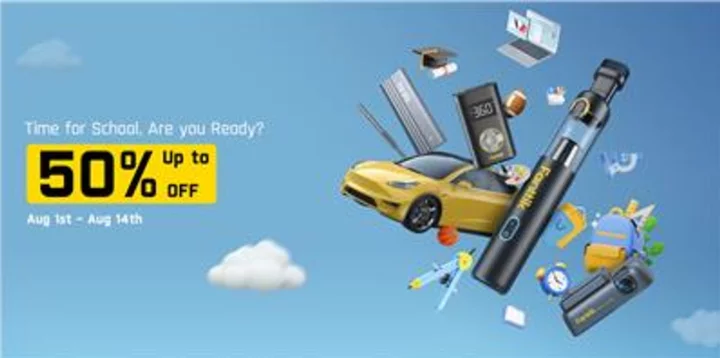
Fanttik Presents Unprecedented Discounts for the Back to School Extravaganza while Unveiling the Storm 10 Pro cordless stick vacuum as the Perfect Companion for Students and Parents
HOUSTON--(BUSINESS WIRE)--Aug 1, 2023--
2023-08-01 17:55

Emory’s Goizueta Business School Launches Graduate Business Degree for Veterans & Active-Duty Military
ATLANTA--(BUSINESS WIRE)--Jul 14, 2023--
2023-07-14 19:25

Free Final Fantasy 16 demo launches ahead of game's release
Fans are introduced to the newest protagonist in the franchise and the combat action to expect.
2023-06-13 20:29

Mystery behind brightest explosion ever seen is finally solved
The mystery behind the brightest explosion ever seen has finally been solved. In October last year, the Earth was hit by a blast that came to be known as the Brightest of All Time. It was recorded by telescopes across the world, and scientists have been scrambling to explain it ever since. Now researchers believe they may understand why that gamma ray burst was quite so intense. It was pointed directly at Earth and pulled along a large amount of stellar material. That’s according to a new paper published in the journal Science Advances. While scientists have suggested before that the brightness of the blast was the result of its angle, but some mystery remained: the edges of the jet could not be seen. “The slow fade of the afterglow is not characteristic of a narrow jet of gas, and knowing this made us suspect there was an additional reason for the intensity of the explosion, and our mathematical models have borne this out,” said Hendrik Van Earthen from the University of Bath. “Our work clearly shows that the GRB had a unique structure, with observations gradually revealing a narrow jet embedded within a wider gas outflow where an isolated jet would normally be expected.” The work is described in a new paper, ‘A structured jet explains the extreme GRB 221009’, published in the journal Science Advances. Read More Scientists demonstrate wireless power transmission from space for first time Whistleblower alleges UFO crashes – and a cover-up to keep them secret Watch: Strawberry moon lights up skies over UK
2023-06-08 02:20

Neuralink, Elon Musk's brain implant startup, raises $280 million from Peter Thiel's VC fund
Elon Musk's biotechnology startup Neuralink raised $280 million in a fundraising round, the company announced on Monday via X, the Musk-owned social media platform formerly known as Twitter.
2023-08-09 01:55

Best Buy’s Holiday Sneak Peek is Here
MINNEAPOLIS--(BUSINESS WIRE)--Sep 19, 2023--
2023-09-19 19:22

AT&T Starts Rolling Out 'Internet Air' Wireless Home Broadband
AT&T is no longer acting like it’s content to let T-Mobile and Verizon run away
2023-08-23 13:24

Baidu Sales Beat Estimates in Good Sign for Internet Economy
Baidu Inc.’s revenue rose its most in more than a year, joining China’s largest internet companies in rediscovering
2023-08-22 18:19

Ethan Klein calls xQc 'f**king idiot' and his 'take' on FaZe Rain and Grace Van Dien drama 'f**king dumb a**'
Ethan Klein shared his thoughts on xQc‘s stance on FaZe Rain and Grace Van Dien drama as well as remarked on the time Snoop Dogg joined the FaZe Clan
2023-06-07 18:53

Asian Games landmark for eSports fires Olympic dreams
ESports' debut as a medal event at the Asian Games starting this week will change attitudes and be a major step towards Olympic recognition at...
2023-09-18 13:27

Alibaba Unit to Hire 2,000 Graduates as Big Tech Crackdown Eases
Alibaba Group Holding’s e-commerce arm in China is hiring more than 2,000 graduates amid record youth unemployment and
2023-08-19 13:59

Battery Giant LG Energy Weighs Green Bonds to Cut Emissions
LG Energy Solution Ltd., a battery supplier for General Motors Co. and Tesla Inc., is testing investor demand
2023-08-30 22:22
You Might Like...
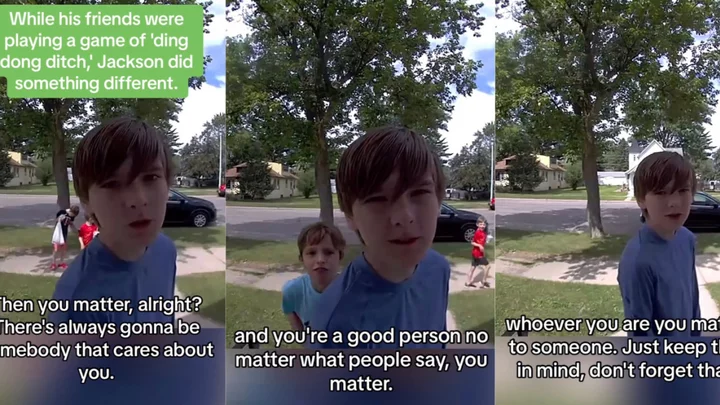
Thoughtful teenager leaves inspiring 'ding dong ditch' doorbell cam message
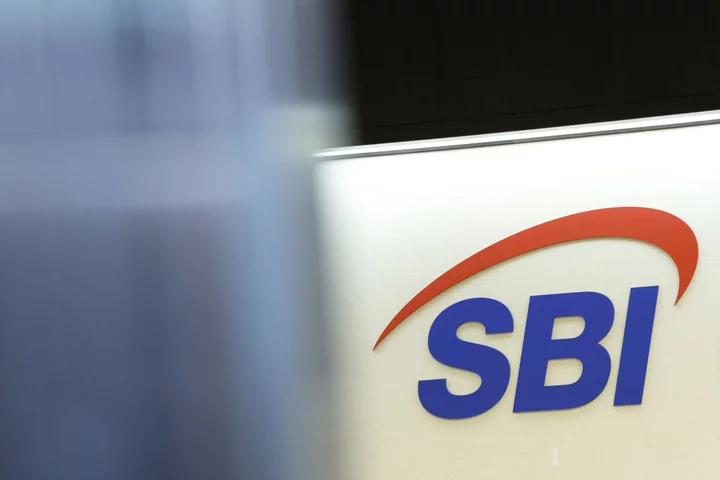
SBI of Japan to Enter Africa Startup Sector With Novastar Stake
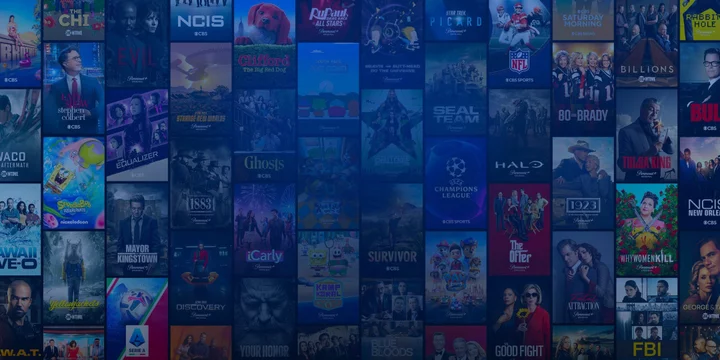
Annual Paramount+ plans (including the Showtime bundle) are 50% off

Adobe's Figma deal faces full-scale EU antitrust probe, sources say
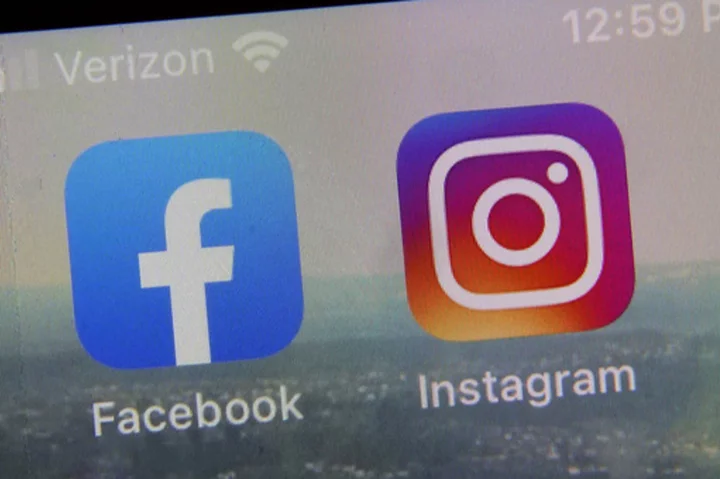
Deep dive into Meta's algorithms shows that America's political polarization has no easy fix

Alibaba shares slide 4% after outgoing CEO quits cloud unit

Make your home the game day hub with Sling TV

What Elizabeth Holmes' life in prison could look like
